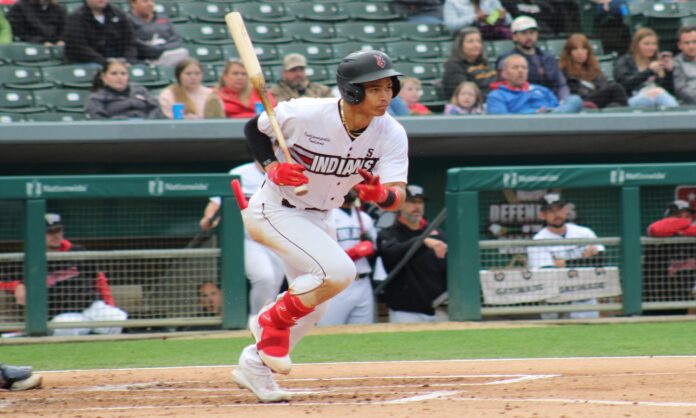For weeks, as starting catcher Austin Hedges has struggled and the team has flailed—especially on the offensive side—fans have bemoaned the Pittsburgh Pirates’ insistence on keeping Henry Davis in Double-A Altoona, while he has produced at a prestigious rate with the bat. The same conversation has happened with Endy Rodríguez, at least to an extent, even though he hasn’t performed the same as last season while battling through an injury.
Much of the conversation has centered around Super Two—the class of players that qualify for one extra year of arbitration as they progress up the service time ladder. While teams will never admit it, the thought of sacrificing some time on the front end of a career in exchange for paying a player less down the road certainly is part of the decision making when it comes time to promote a top prospect.
Some teams have eschewed this line of thinking, as the new Prospect Promotion Incentive has offered teams extra draft picks in exchange for starting players in the majors earlier. The Pirates—while the sample is small—forwent the opportunity with players like Oneil Cruz and Roansy Contreras and possibly have continued the same this season.
However, none of this is to speak to the merits of that decision making; rather, it is to examine exactly when such players would be considered “safe” in terms of avoiding Super Two down the road. Safe, of course, being the operative word, as such a thing doesn’t exist.
While claiming this may be a bit of a strawman, it seems many fans believe the Super Two deadline to be the first Tuesday in June, after which prospects can be called up without fear. If you’re a savvy fan, you realize that just isn’t the case. Every offseason, the Super Two cutoff is determined by looking at the top-22% of all players who fall between two and three years of service. Basically, if 100 players finish in that bucket after a season, the twenty-two players with the most service will qualify for an extra year of arbitration.
Here’s the (maybe not so) obvious piece of that—the team won’t know if players like Davis or Rodríguez will qualify for such a thing until roughly November 2025, at the absolute earliest. I say the earliest because that’s assuming they would never go back down after coming up. I always use Tyler Glasnow as the example, as the Pirates held him down despite a stellar minor league track record. Everyone is aware of what happened next, as Glasnow’s struggles led to future minor league time, and he ended up qualifying as a Super Two player anyway.
Anyway, enough of the jibber jabber; just when are we looking at as far as when we possibly will see Davis squatting behind home plate in Pittsburgh?
Since this is an estimation and nothing is set in stone, we must consider recent history to see when the cutoffs were the last few offseasons:
2022-23: 2.128
2021-22: 2.116
2020-21: 2.125
2019-20: 2.115
2018-19: 2.134
As you can see, there is quite a delta between the lowest and highest figures, with 19 days separating those two points.
If trying to game the system, it would be foolish for teams to assume the higher number as being safe. Essentially, teams must consider the possibility that the deadline could fall on the low side yet again and plan accordingly.
So, where do these cutoffs fall in terms of the 2023 season? For players with no prior service time in their careers—any service time already accrued is going to add days to the calendar as far as timelines go—the following are the first days a player could be recalled and fall under the corresponding cutoff dates:
2022-23: May 28th
2021-22: June 9th
2020-21: May 31st
2019-20: June 10th
2018-19: May 22nd
As you can see, three out of the five benchmarks have already passed, but as I explained, teams aren’t going to use the earliest date as the point of comparison—they are going to assume the lowest historical comparison, likely using June 10th at the earliest day to be considered safe.
So, that’s the earliest fans can expect the likes of Davis and Rodríguez to make the majors, at least if Super Two is truly behind the decision making. Of course, teams are likely going to factor in a cushion as well, so it would be smart to not go circling your calendars just yet.


